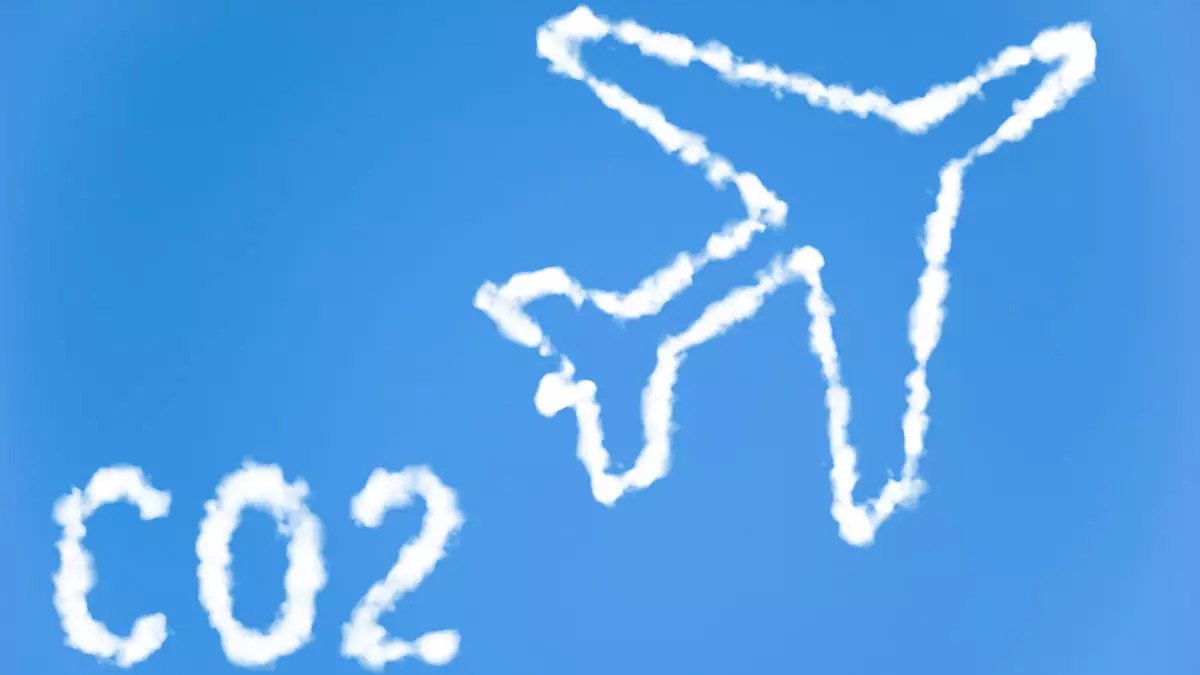The United Nations set a goal to reduce aviation emissions by 5% globally by 2030, with a focus on sustainable aviation fuel (SAF). However, doubts have been raised by industry leaders about achieving this target. For instance, IATA director general Willie Walsh highlighted the fact that SAF production is lacking in certain parts of the world, making it challenging to meet the set goals. The airline industry has committed to achieving net-zero emissions by 2050, with SAF projected to account for 65% of the carbon reduction. Despite this, there seems to be skepticism about reaching the interim goal of 5% emission reduction by 2030, as voiced by Walsh during the IATA Annual General Meeting in Dubai.
While global SAF production is expected to triple this year, reaching 500 million gallons, it still falls short of meeting the aviation industry’s fuel needs, comprising just 0.5% of the total. IATA’s capacity forecast for 2030 was recently revised downwards, indicating a potential shortfall in projected production levels. The industry remains reliant on other technologies such as renewable diesel, which are being produced at much higher volumes compared to SAF. This disparity has led to tensions within the industry, with blame being placed on both governments and fuel producers for not doing enough to invest in and incentivize SAF production.
One of the major challenges in scaling up SAF production is the cost factor. Airlines are currently paying significantly higher prices for SAF compared to conventional jet fuel, with some facing premiums of up to 400%. This cost burden is unsustainable for airlines like Qantas, who cannot pass on these increased costs to consumers without affecting the affordability of air travel. The high cost of SAF relative to jet fuel has also been a point of concern for industry experts, with the need for major energy producers to prioritize investments in renewable fuels.
Despite the challenges faced in achieving the set emission reduction targets and scaling up SAF production, some progress has been made by industry players. Companies like TotalEnergies have committed significant investments in SAF, highlighting their contributions to the transition towards sustainable aviation. However, there is a consensus within the industry that more needs to be done by all stakeholders to overcome the hurdles in SAF production and adoption.
The aviation industry faces significant obstacles in meeting its sustainability goals, particularly in the realm of SAF production. While there have been advancements in technology and investments in renewable fuels, there is a need for greater collaboration and commitment from governments, fuel producers, and airlines to drive the transition towards greener aviation. The road ahead may be challenging, but with concerted efforts and a collective push towards sustainability, the aviation industry can strive towards a more environmentally friendly future.

